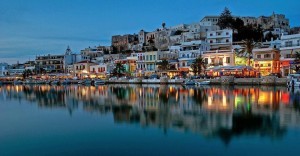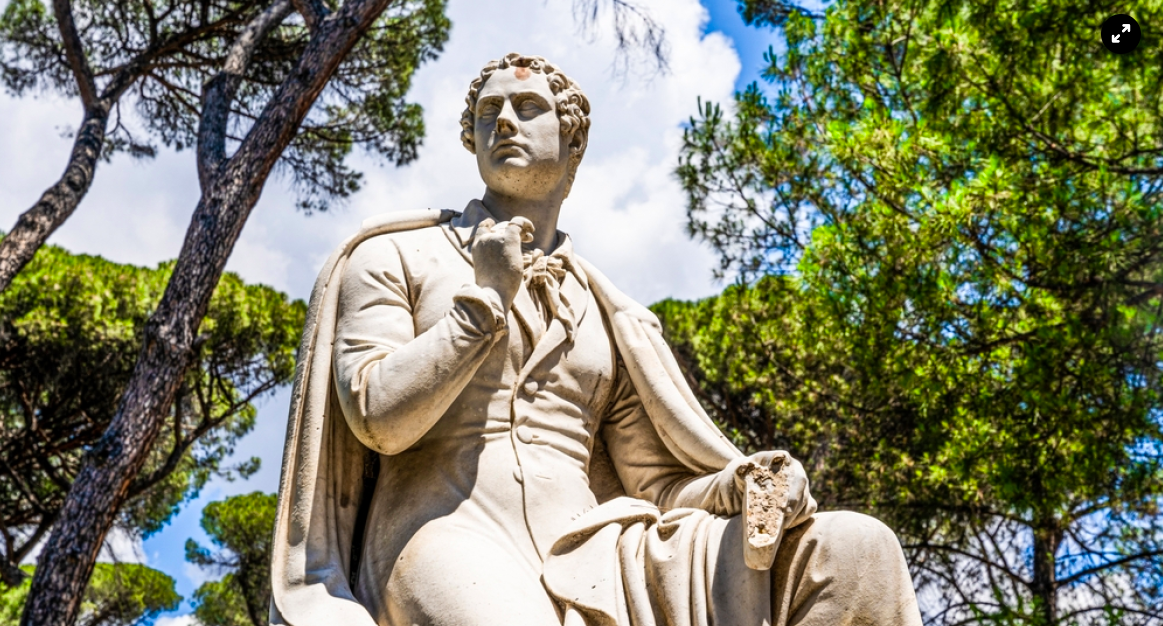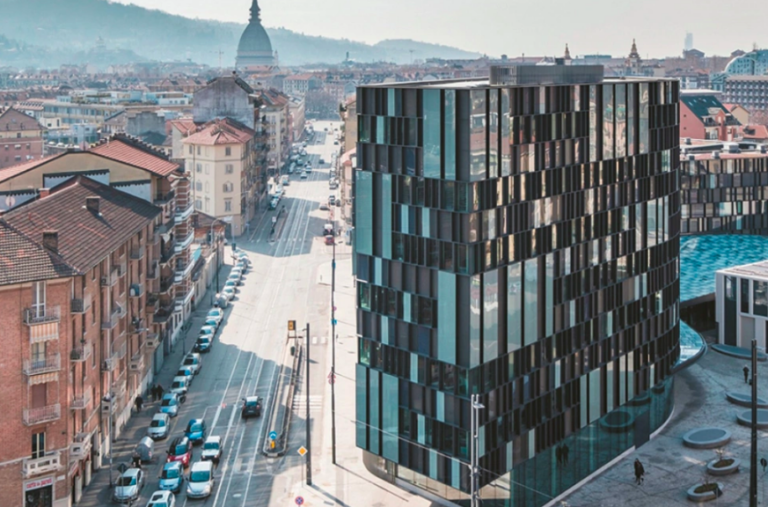Countless spots with rare species of fauna and flora, sandy beaches with dunes and cedars, ancient temples full of secrets, towers and castles… all these can be found in Naxos, the largest and most fertile island of the Cyclades.
The City of Naxos is the capital and the main port of the island, with monuments that stand as reminders of its glorious past. One of them, “Portara” is the imposing entrance to the 6th century BC Temple of Apollo located on an island the locals call “Palatia”, where the visitor can enjoy a magnificent sunset.
On the hill that is the natural acropolis of the City of Naxos, Marco Sanudo built in 1207 his castle. The medieval settlement of the castle was the administrative and religious center of the Venetian conquerors.
“Naxos can meet the requirements of any tourist. We have German groups coming here for the yoga, Swiss visitors who love kayaking, Irish geologists and French astrologers. Naxos is also very popular among hikers, mostly Germans, English, Scandinavians, as the island has countless beautiful paths waiting to be explored in the spring and autumn months”, said Vice- mayor of Naxos, Dimitris Lianos, to ANA- MPA.
Apart from the City of Naxos, there are dozens of enchanting villages in the island. Apiranthos , with its impressive Zevgolis tower has a distinct dialect and culture, as its inhabitants came from the mountain villages of Crete in the 17th century. Other interesting settlements are Moutsouna, Filoti, Halki, Galini and Kaloxylos.
Other important attractions of the island include the three gigantic and unfinished “kouros” statues, a marble temple erected for the worship of goddess Demeter, the magnificent beaches which are ideal for swimming, fishing and surfing and, finally, Mount Za, the highest mountain of the Cyclades, ideal for lovers of mountain biking and horseback riding.






